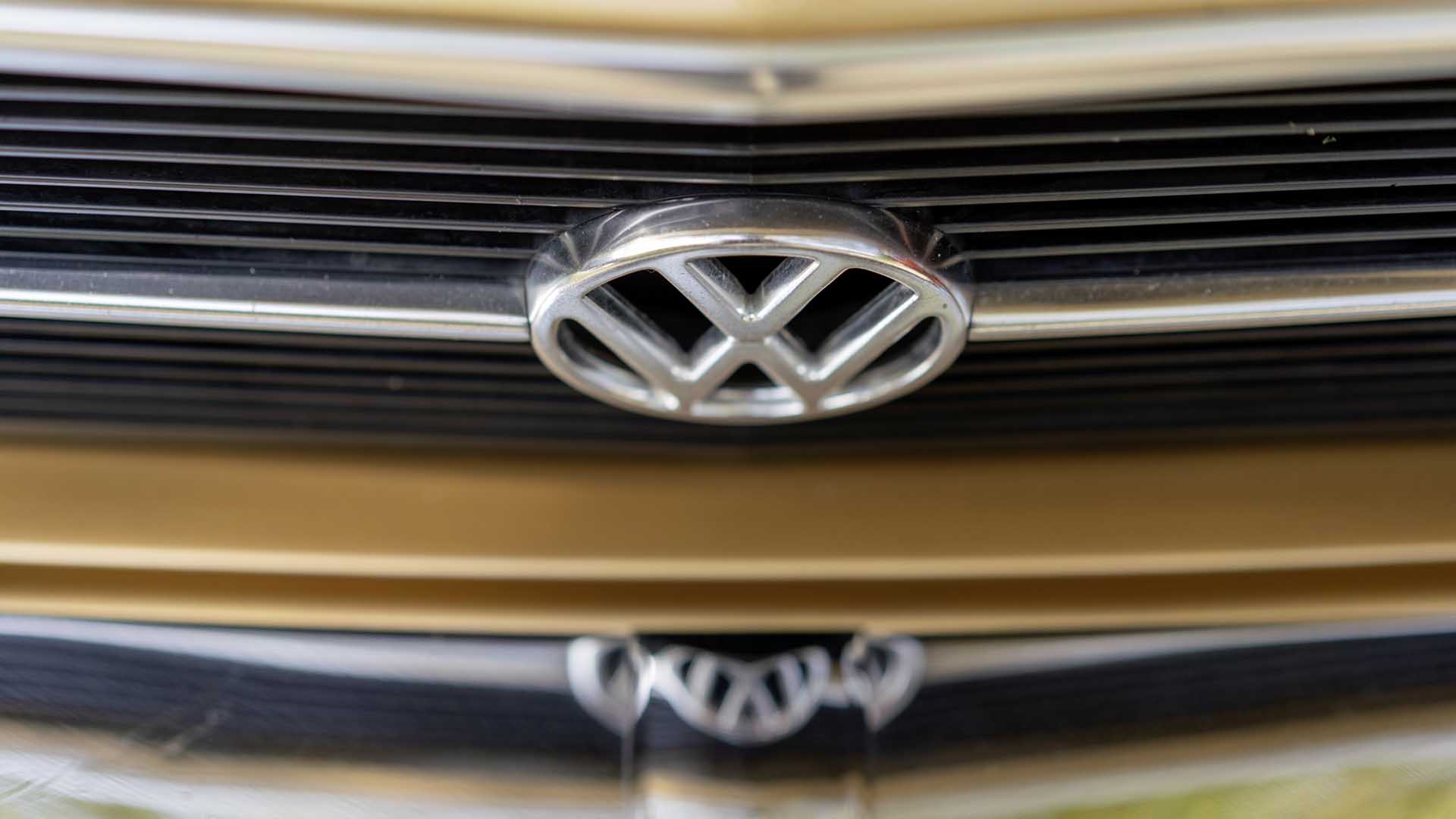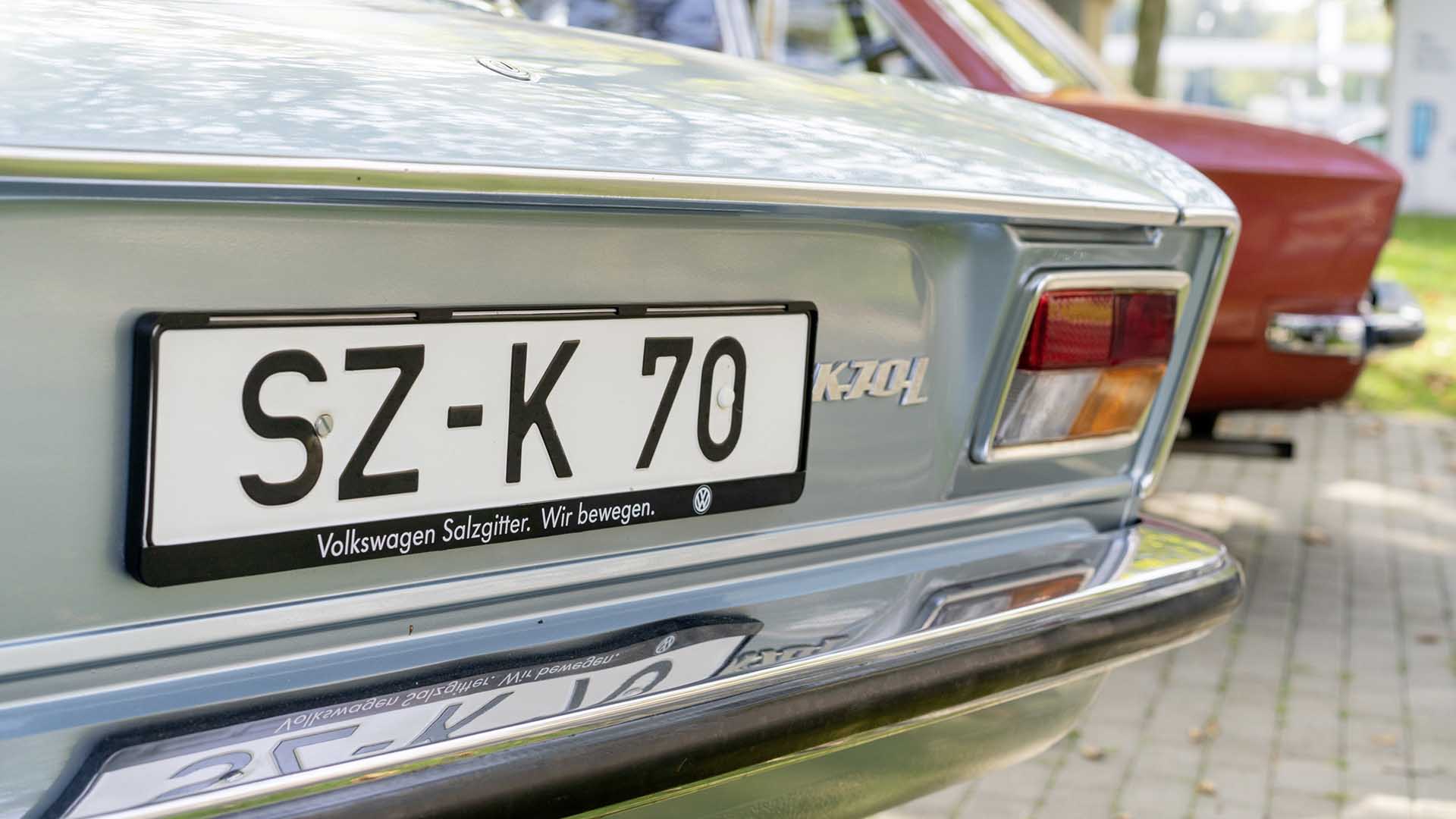The K70 is the Volkswagen you’ve probably never heard of. The company calls it a ‘quiet game changer’, but the car was never destined to wear a VW badge.
Instead, it was developed by NSU to be sold alongside the radical but troublesome Ro80. Indeed, the K70 was due to use a rotary engine, but NSU had a change of heart.
Sensible, given the Ro80’s notorious reliability issues, but you have to wonder what might have been had the NSU Ro70 seen the light of day. Instead, it became the K70 – that’s ‘K’ for Kolben (German for ‘piston’), with the ’70’ denoting the planned horsepower.
Say hello and wave goodbye

Volkswagen completed its takeover of NSU on the eve of the 1969 Geneva Motor Show. An NSU-badged prototype was unveiled, but the K70 disappeared from view for several months. Although the Ro80 remained on sale until 1977, it was hard to find a place for the K70, not least because Volkswagen had launched the air-cooled 411 in 1968.
The K70 was a turning point in the company’s history. A chance to wave goodbye to its air-cooled and rear-engined past, and say hello to a front-wheel drive and water cooling. Everyone remembers the original Golf, but the K70 is the ‘quiet game changer‘ that’s all but forgotten.
There are visual and technological similarities with the Ro80, but to the man in the street, the two cars are chalk and quark. One is futuristic and elegant, the other is simple and conventional. The K70 is a Volkswagen ‘Cortina’, if you like.
Power was sourced from a 1,605cc water-cooled engine, although an 1,807cc version was introduced in 1973. As Martin Buckley points out, by then, the K70’s fate was sealed by the arrival of the Volkswagen Passat. A year later, the K70 had gone.
Different to all the others

There’s no doubt that the Passat contributed to its demise. Maybe the NSU parentage was another factor. It’s also worth remembering that the Audi 100 was only a little more expensive than the K70, while the Cortina mopped up the mainstream market. The K70 looked a little lost.
‘A new Volkswagen, different to all the others made to date – the VW K70,’ declared the press folder. Around 800 UK buyers took the plunge on a car that laid the foundations for the dominance of the Golf and Passat.
Finding one for sale is tough, although we recently spotted a 1971 example for £8,000. It looks superb, like a straight-edged NSU Ro80, with great interior space and the all-round visibility.
The Beetle, Golf and ID.3 are credited as representing the three chapters in Volkswagen’s history. Air-cooled, water-cooled and electric. But the K70 deserves its place in the company’s story, simply for being cool.
ALSO READ:
1977 Volkswagen Polo L review: Retro Road Test



[…] The Volkswagen K70 was a ‘quiet game-changer’ […]
[…] The Volkswagen K70 was a ‘quiet game changer’ […]
I had a 1973 K70L for about two years whilst a student. It had previously been the family car of friends living in Ewell, but had been left in their front garden when they bought a newer car, and there it sat, inactive, for the next six years. During that time, its metallic gold paint faded back to undercoat and its steel wheels all became pitted and corroded. For whatever reason, they decided finally to give it to me; it took a while to get it going again with much help from an independent VW workshop. After a lot more adjustment it even passed the MoT.
In those pre-internet days of 1989 to 1992, finding other active K70s was difficult. It turned out that up in West Yorkshire, Matthew Dransfield was running a 1972 car and was trying to do exactly the same thing. Between us we concluded that – out of the 800 RHD cars built for the UK – there were no more than about 10, maybe 12, running K70s nationwide. That number included a blue LHD example, RBY 328K, that sometimes appeared local to me. The only person known to own more than one K70 was a man named Stephen Bood, then living in Wolverhampton.
My K70 was driven during my student days, generally on local trips. The interior was all black vinyl seating, with white headlining. No headrests – they were optional extras when the car was in production. Heavy, unassisted steering made parking a ponderous experience, but was actually alright once on the move. There was loads of room for rear passengers as the body was so wide. Also, the tall profile meant visibility all-round was good and you could actually see each extreme corner of the car.
On RHD cars, the protruding wide central pillar meant that there was no room at all next to the clutch pedal, so you had to either shove your left foot under the pedal when not changing gear, or rest it on the pedal itself without depressing it – not a good idea if you were prone to cramp. K70s only ever had a 4-speed manual, and for some odd reason, changing into second gear was always awkward to engage when cold. The gear stick was very tall and slender, so had quite a long throw.
Performance was adequate – it was never going to be a sprinter. Britain only ever had two types of K70 – the 90hp 1605cc “L”, and the later 100hp 1807cc “LS”. The engines were only ever meant for leaded 4-star/98RON and shouldn’t be run on anything less.
I never got round to giving it a respray, so it always looked scruffy on the road. Whilst there was some corrosion, thanks to six years sitting in that Ewell garden, the important bits were rust-free, – no rust holes in any of the panelwork, and even the wheel arches and wheel wells were in good shape. The steel wheels themselves were brush-painted with Jenolite, which neutralised the visible rust and turned the wheels a pleasing shade of blue-black.
Eventually I sold it to a couple in Essex who were looking for a running project. They drove it away in 1992, and I haven’t heard of it since!